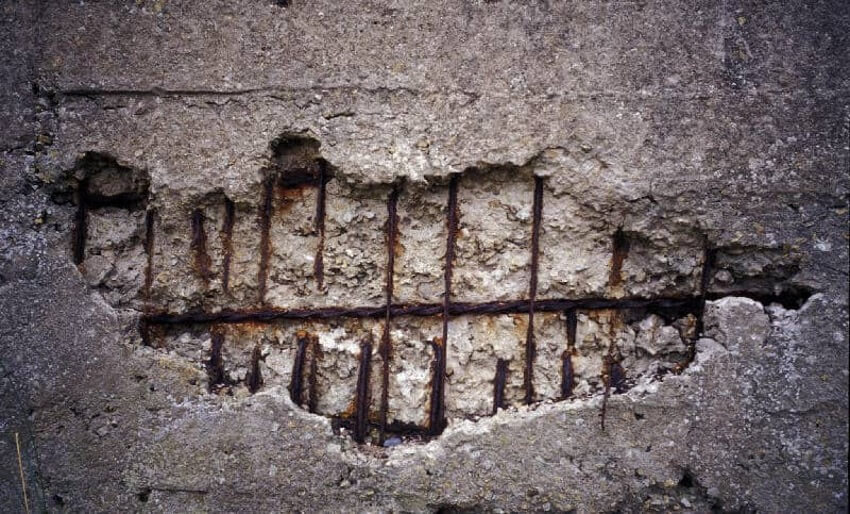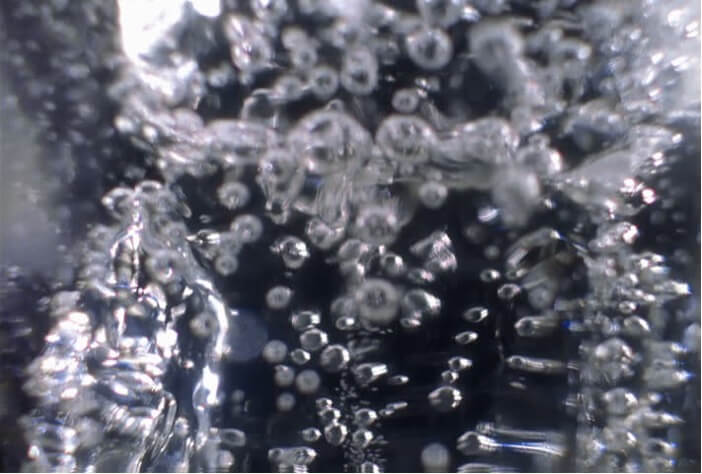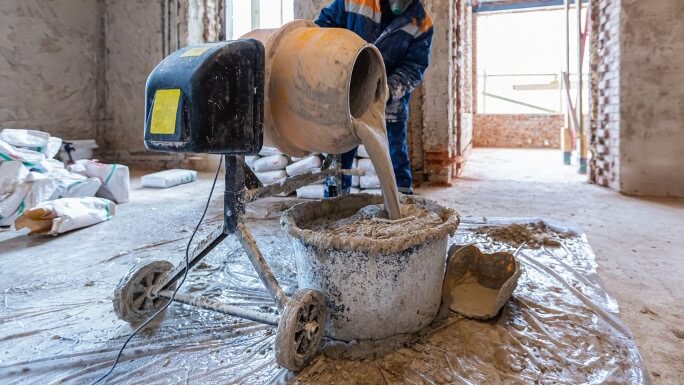
image : Civil digital
Yes, we know the feeling: there’s nothing worse than having to see your beautifully finished concrete surface cracking and chipping away to expose the ugliness inside. No one wants to see that!
Spalled concrete is a very common phenomenon that takes place in more people’s homes and industrial properties than you’d think.
Today, we are going to discuss what exactly is spalled concrete, why it happens, and some of the nifty ways that you can fix that nasty mess!
Without further ado, let’s hop right into it!
What is Spalling in Concrete? What are its Causes?
Spalling in concrete is technically defined as ‘flakes of material that get broken off of a larger solid body’, which can often extend to the topmost layers of reinforcing steel.
The occurrence of tinier spalls are possible, but in general, concrete spalls end up being 150 mm or more in diameter while being 35 mm or more in depth.
Houses, large buildings, bridges, parking lots, industrial compounds, all of these structures and more are vulnerable to concrete spalling, exposing the aggregate underneath while leaving the surface of the concrete jagged and patchy.
The repairs for concrete spalling should be done as soon as it is spotted, as leaving concrete spalling unattended can compromise the integrity and sustainability of the concrete, while also taking away from the aesthetic appeal of the structure.
The main causes for spalling in concrete are:
Corrosion of Embedded Metals
When steel or any other metal that is embedded in the concrete corrodes, it creates rust which occupies a greater volume than the metal. This expansion leads to stresses in the concrete, which further leads to spalling and delamination.
Thermal Stress
Concrete can develop strong thermal gradients when exposed to heat from the sun as it possesses low thermal conductivity. On a separate note, concrete has a high specific heat that can induce compressive stresses near the surface.
Carbonation

When water seeps into the concrete which causes the reinforcement bars and various other elements present in the concrete to corrode, cracks and irregularities form on the concrete surface. This is a natural process called carbonation, which results in spalled concrete.
Pore Pressure
Heat causes water vapour, leading to the expansion of concrete, resulting in increased pore pressure. This vapour migration to the surface of concrete can result in moisture clogs or wet zones.
Poor Quality/Mix the spruce

Concrete spalling is also commonly seen when the ingredients used to make the concrete surface are of poor quality.
A poor mix is also a big reason for the spalling in concrete. When too much water is added into the mix, the concrete gets weakened greatly, resulting in low PSI concrete which stands easy to crack and flake.
How to Prevent Concrete Spalling
Here are some quick tips to help you stop concrete spalling from ever occurring:
- Early-entry dry cut within the concrete floor slab helps prevent spalling.
- Apply a high-quality water sealant to the finished concrete surface in order to prevent water from seeping into the concrete.
- Precise pouring of concrete to ensure adequate cover and placement of joints at the right positions.
- Avoid adding excess water in the concrete mixture as it will lead to concrete spalling in the final structure.
How to Repair Spalled Concrete

When the damage is already done, you need a way to fix it to be good as new. Here are methods to repair spalled concrete:
Clean the Spalled Concrete Area
The area that needs to be repaired has to be cleaned of any dirt to eliminate bond breaker agents.
Remove Loose Concrete

Start by removing loose and cracked concrete from the area using a hammer and chisel. To make sure the repair is successful, it is recommended to remove 3.81cm deep of concrete. Eliminate all dust and debris using a vacuum.
Apply Mixture of Repair Material

Depending on the size of the damage, the products needed for repair will vary. If the concrete spalling is less than 1/ of the concrete thickness, a surface repair will suffice. Epoxy or portland-cement-based work best.
If damages are greater than 1/3 of the concrete thickness, full depth restoration may be required.
Final Touches
With a margin towel, scrape off excess product. Proceed to cure the material thoroughly to provide it with the required strength. Once the material is set, apply waterproofing or paint to avoid future concrete spalling.
If you are looking for professional help, please enquire about our 3 following services:
